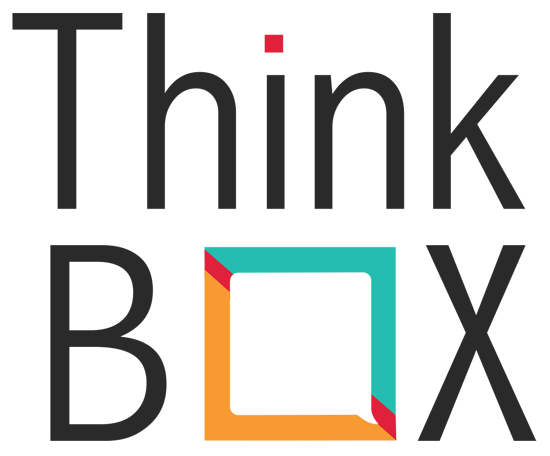How to Map Your E-Commerce Customer Journey We know how the customer journey affects sales, services, and marketers. But a slightly different part is the ecommerce customer journey. The customer journey is different from service-based businesses, because it can be much faster (buying on Amazon or Instagram). However, if you work for an e-commerce company, it is important that you understand the customer journey;
All touch points and stages.
Below, let's learn how to plan your e-commerce company's customer journey!
Ecommerce Customer Journey
An e-commerce customer journey is similar to any customer journey. Describes the entire customer experience of purchasing a product from an online company. From the moment they realize your product to completing the purchase and contacting customer support.
Touch points can include:
- When someone sees an ad on social media.
- And when a friend tags it in an online post.
- Or when they come across your website, or when reading your blog, or when your product appears on Google.
- Or when searching on Amazon, etc...
The e-commerce customer journey from the time they first contact you to the time they purchase your product, to the times they come back to you, are all included in the e-commerce customer journey.
Writing these touchpoints may make you realize that the journey through your website isn't ideal. If this happens, you can look for solutions to help you out, such as WooCommerce (a WordPress plugin).
Now, let's explore the different stages of the e-commerce journey.
Stages of the customer journey in the field of e-commerce
Awareness stage
The first stage of the e-commerce customer journey is awareness. During this stage, the potential customer encounters a problem and does research to understand their problem.
During this stage:
Customers search for the problem they are facing.
They are trying to see if they have solutions.
and overcoming misconceptions.
They prioritize solutions.
Consideration stage
In the consideration stage, potential customers are looking for products and ways to solve their problem.
For example, suppose I want to start my morning routine. I do some Google research and see some ads on social media and realize I want a morning magazine routine.
Now that I know what I want to buy and how to fix my problem, it's time to look for solutions. I'll go to Google and Amazon, and see what morning routines are available, and which ones have the best reviews.
Decision stage
During this stage, potential customers are now narrowing down their list to the best products they want to buy.
This they should know:
What makes your product stand out from the competition?
And why is your product the product they need?
During this stage, it is important to understand the different touch points so that you can communicate what makes your product unique.
Retention phase
For e-commerce, I decided to add another stage to the customer journey. That stage is retention.
After a customer buys your product, their experience and decision to buy from you again depends solely on; The quality of your product and customer service.
Let's say the package is missing, or it was delivered to the wrong address, or they want to return the product. If this experience does not go well, they will not buy from you again. If all goes well, they might consider leaving a positive review.
Additionally, during the retention phase, you can consider retargeting your marketing and social media ads so that more of your products appear online for them.
Once your customers are happy, they start seeing you online, and they want to connect with you, then they will buy from you again and again.

